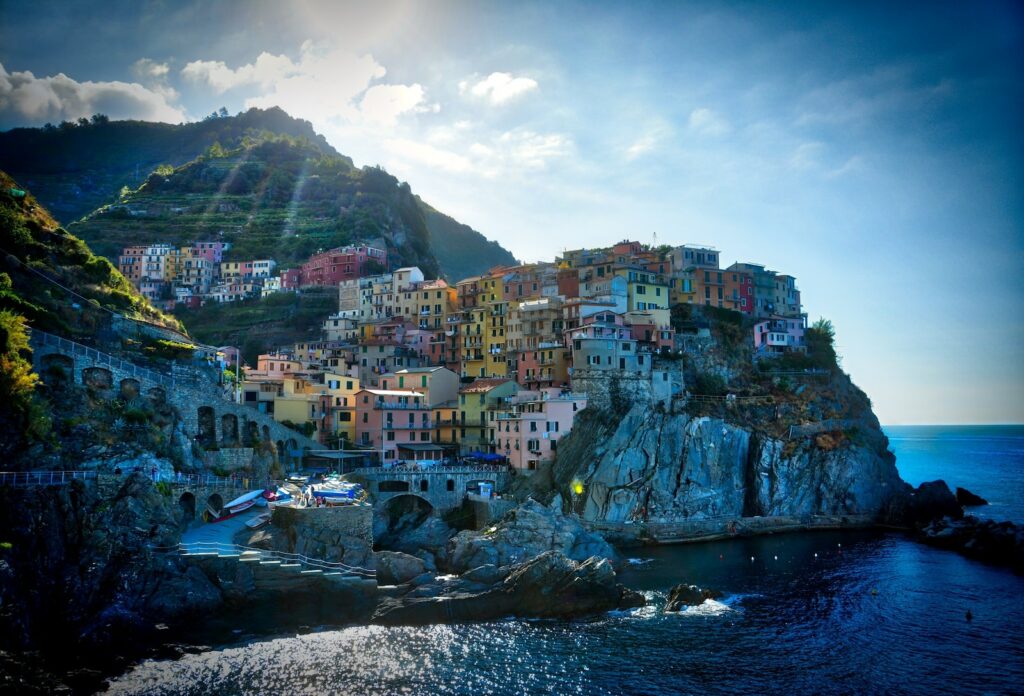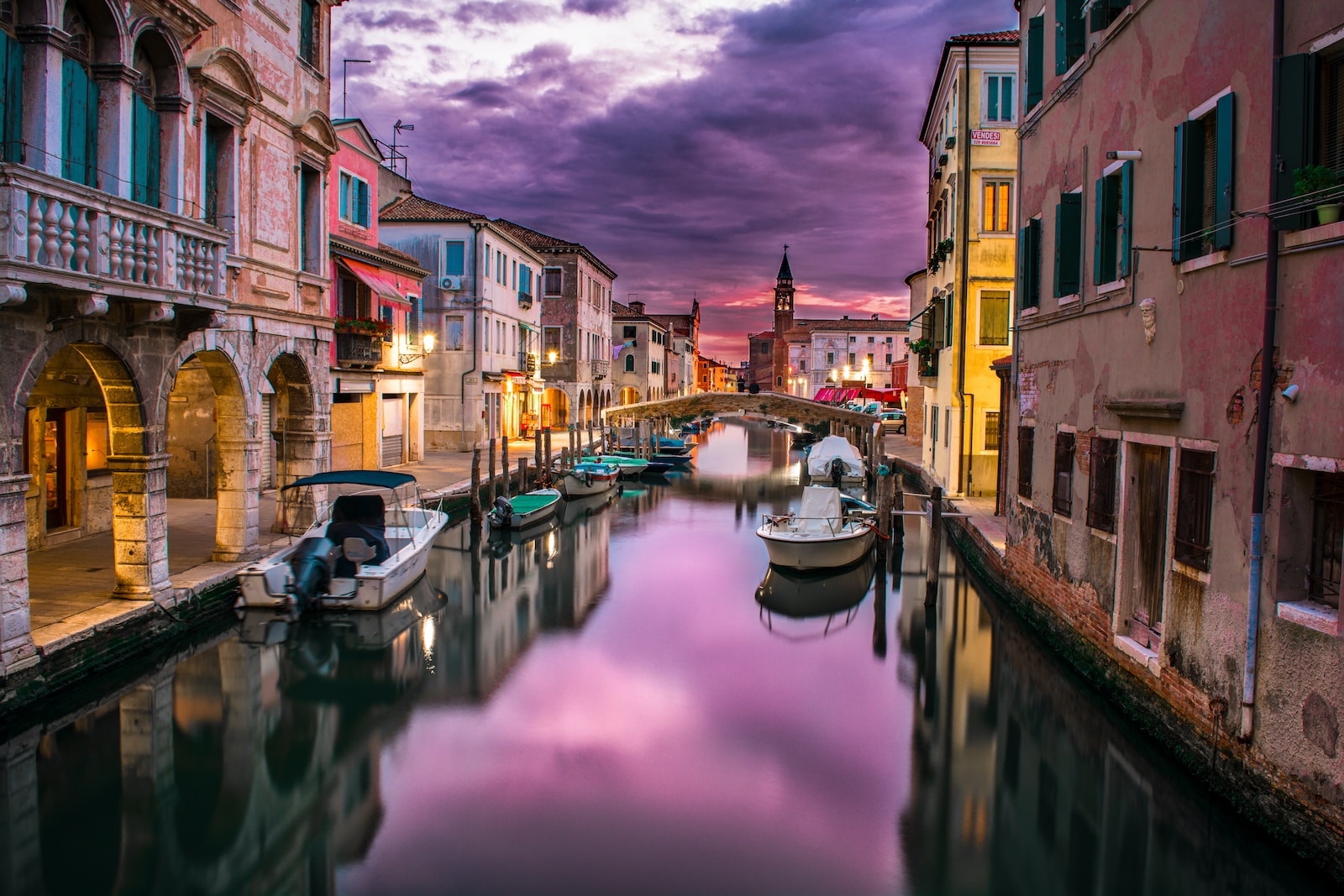Are you tired of your photography looking flat and lifeless? Unlock the full potential of your images with High Dynamic Range (HDR) technology. In this blog, we will delve into the world of HDR and explore how you can harness its power in post-processing. Discover the secrets to creating stunning, vibrant images that will captivate your audience and leave them in awe. Get ready to embark on a journey of creative transformation as we dive into the realm of HDR.
Table of Contents
- How HDR Transformed My Photography Journey
- Frequently Asked Questions
- What is HDR photography?
- How does HDR work?
- Do I need special equipment for HDR photography?
- What software do I need for HDR post-processing?
- Can I use HDR with smartphone photography?
- Is HDR suitable for all types of photography?
- What are the key challenges of HDR photography?
- Can HDR be used for black and white photography?
- How can I learn more about HDR photography and post-processing?
- Wrap Up
How HDR Transformed My Photography Journey
As a passionate photographer, I have always been fascinated by the ability to capture stunning images that evoke emotions and create a visual impact. However, I often found myself disappointed with the results, especially when faced with challenging lighting conditions. That’s when I discovered the power of High Dynamic Range (HDR) photography, and it completely transformed my photography journey.
The Challenges I Overcame
Like many photographers, I faced the challenge of capturing images in situations where there was a stark contrast between bright highlights and deep shadows. Traditional photography techniques often resulted in underexposed shadows or overexposed highlights, leaving the final image lacking balance and detail.
However, by utilizing HDR techniques and post-processing, I was able to overcome these challenges and capture images with a greater dynamic range. HDR allows you to combine multiple exposures of the same scene, capturing the details from both the shadows and the highlights. This technique ensures a more balanced and visually appealing final image.
One of the biggest hurdles I faced while learning HDR was mastering the post-processing techniques. It took time and practice to understand how to merge the multiple exposures, adjust the tonal range, and bring out the maximum detail and vibrancy in my images. But the effort was well worth it, as my photographs started to stand out with stunning depth and clarity.

The Benefits of HDR in Post-processing
Harnessing the power of HDR in post-processing has revolutionized my photography. Here are some of the key benefits I have experienced:
- Expanded Dynamic Range: HDR allows you to capture a wider range of tones, from the darkest shadows to the brightest highlights. This results in images that are rich in detail and exhibit enhanced depth.
- Greater Vibrancy: By merging multiple exposures, HDR allows you to bring out vibrant colors and ensure ample saturation, making your images visually striking.
- Improved Contrast: HDR helps in achieving a balanced contrast throughout the image, avoiding the loss of detail in either the shadows or the highlights.
- Artistic Expression: HDR opens up a realm of creative possibilities, allowing you to create unique and visually captivating images that stand out from the crowd.
In conclusion, HDR has undoubtedly transformed my photography journey. It has empowered me to overcome the challenges of capturing scenes with a wide dynamic range and has allowed me to express my creativity in new ways. By understanding HDR and mastering the post-processing techniques, you too can harness this powerful tool and take your photography to the next level.
Frequently Asked Questions
What is HDR photography?
HDR stands for High Dynamic Range. It is a photography technique used to capture a greater range of tonal detail in a single image, resulting in a more realistic and vibrant final photograph.
How does HDR work?
HDR works by capturing multiple exposures of the same scene at different shutter speeds. These exposures are then blended together in post-processing to create an image with a wider range of tones, from bright highlights to dark shadows.
Do I need special equipment for HDR photography?
No, you don’t necessarily need special equipment for HDR photography. However, shooting in RAW format and using a tripod can greatly improve your results. Additionally, some cameras have built-in HDR modes that can simplify the process.
What software do I need for HDR post-processing?
There are several software options available for HDR post-processing, such as Adobe Photoshop, Photomatix, and Aurora HDR. Each software has its own features and workflows, so it’s worth exploring different options to find the one that best suits your needs.
Can I use HDR with smartphone photography?
Yes, many smartphones have built-in HDR modes that can automatically capture and process HDR images. Additionally, there are numerous HDR photo editing apps available for smartphones, allowing you to enhance your photos further.
Is HDR suitable for all types of photography?
HDR can be used in various types of photography, including landscapes, architecture, interiors, and even portraits. However, it may not always be the best choice for every situation. It’s important to consider the dynamic range of the scene and the desired artistic effect before deciding to use HDR.
What are the key challenges of HDR photography?
One of the main challenges of HDR photography is achieving a natural-looking result without excessive or unrealistic tones. It requires careful processing and attention to detail to ensure that the final image appears balanced and visually appealing. Another challenge can be managing ghosting or artifacts, which can occur when aligning and blending multiple exposures.
Can HDR be used for black and white photography?
Absolutely! HDR techniques can be applied to black and white photography, resulting in enhanced tonal range and detail. By using HDR in black and white, you can create striking and dramatic images that emphasize texture and contrast.
How can I learn more about HDR photography and post-processing?
There are numerous online resources, tutorials, and courses available that can help you learn more about HDR photography and post-processing. You can explore photography blogs, watch video tutorials, or even join photography communities to connect with other photographers who specialize in HDR.
Wrap Up
HDR is a powerful tool that can revolutionize your photography and take it to new heights. By understanding what HDR is and how it works, you can effectively harness its magic during post-processing to create stunning images with enhanced details and vibrant colors.
Remember, the key to successful HDR is to strike a balance between natural and artistic results. Experiment with different software and techniques to find the approach that suits your unique style and vision.
We hope this blog has provided you with valuable insights into the world of HDR. Now, it’s your turn to put your knowledge into action. Don’t hesitate to share your experiences, tips, and questions in the comments section below. Let’s engage in a discussion and continue to learn together! Happy shooting!
